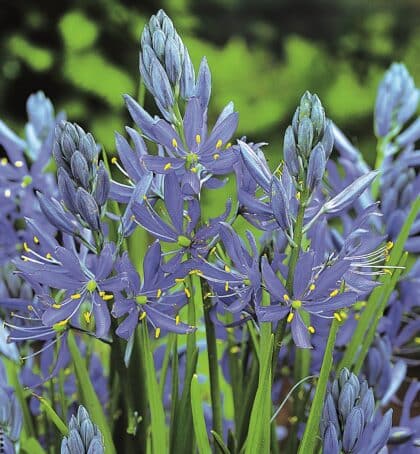
Autumn
£8.60 for 20
£36.60 for 100
Begonias are one of the most useful summer flowering plants. They can be used in beds, containers and hanging baskets. Begonias are easy to care for and will grow even in partial shade.
PLANTING
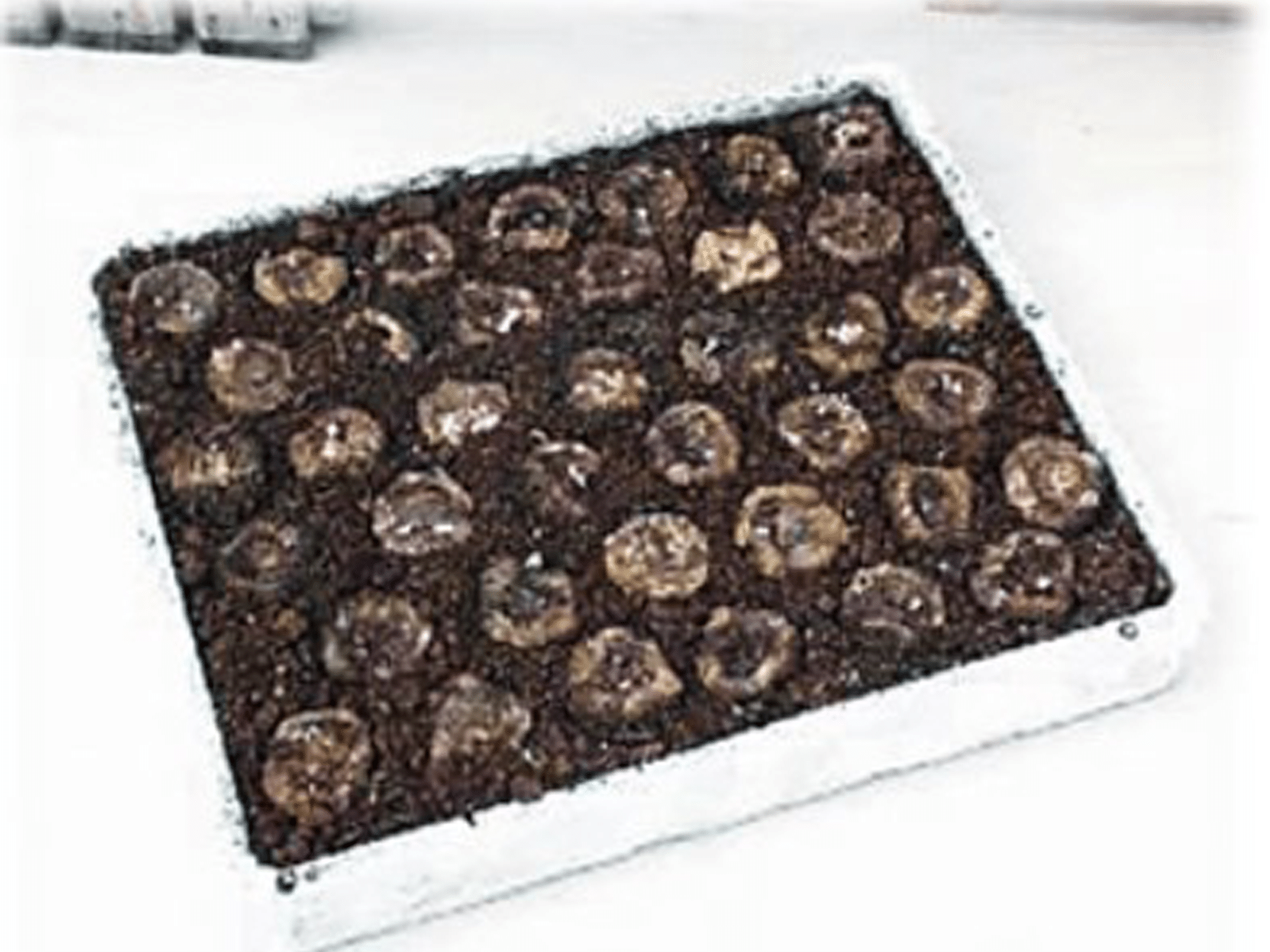
Plant the tubers hollow-side up in moist compost. For outdoor cultivation, start in an unheated greenhouse or cold frame from early April.
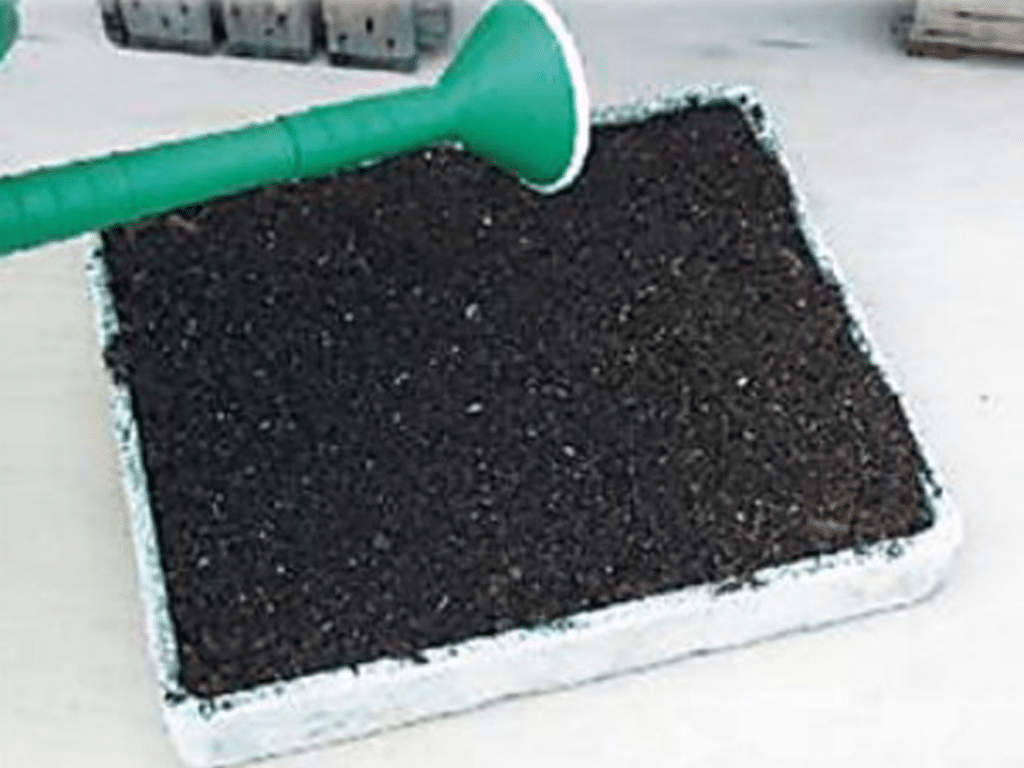
Cover with a shallow layer of compost and water sparingly until growth begins. Depending on when you start the begonias, this can take up to 6 weeks. At this stage we are trying to achieve maximum root growth until shoots appear.

The corms should be exposed to maximum daylight but make sure they are protected from the harshest mid-day sun.
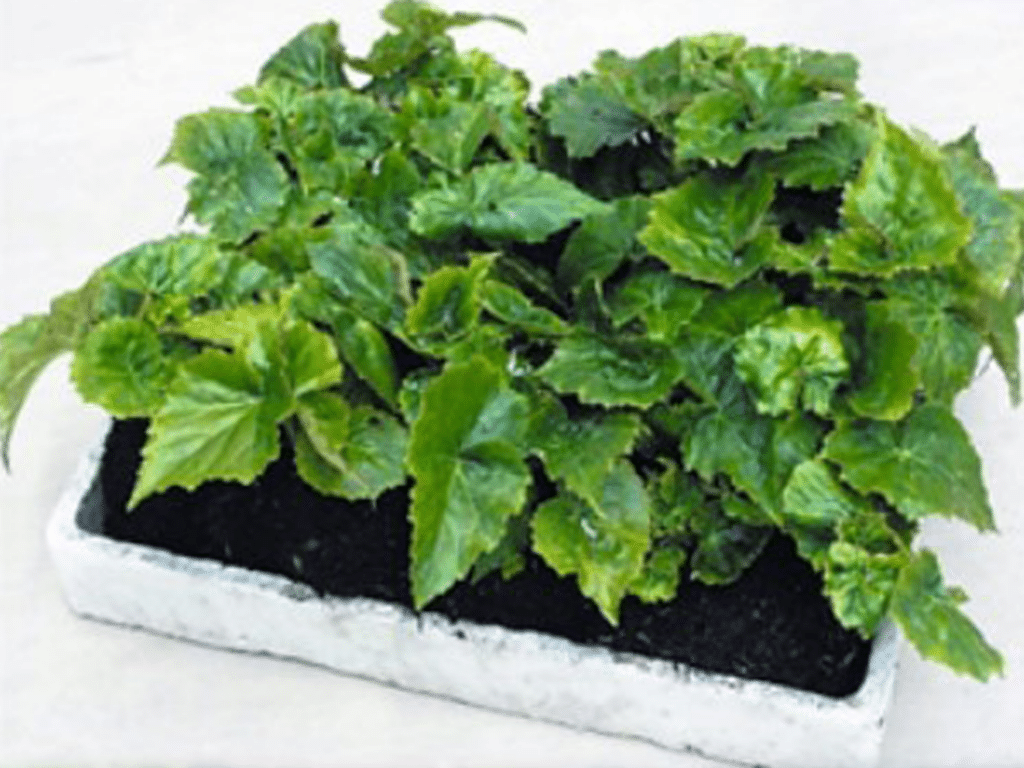
Water regularly (but be sure not to over-water, the compost should not become sodden.) It is important that the compost does not dry out. You can start hardening the plants from mid-May.
When the top growth is about 2 inches (4-6cm), the plants can be potted on.
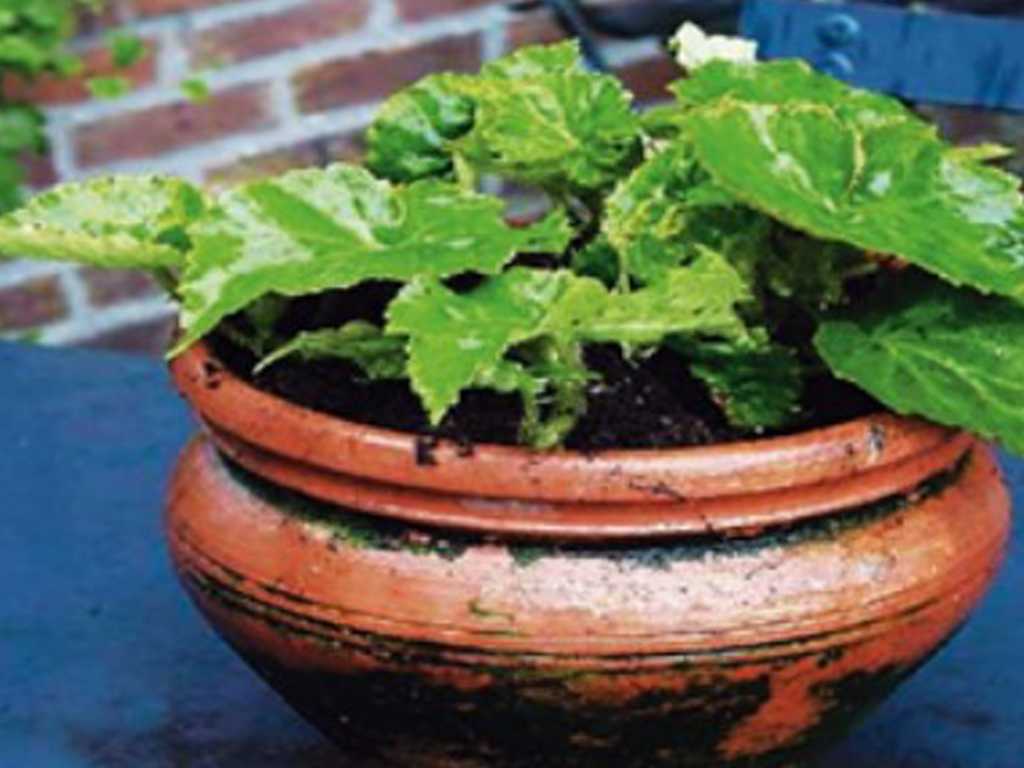
Apply a tomato plant feed once every two weeks. During flowering, deadhead weekly.
Begonias will flourish in partial shade and cool, moist conditions.
WINTER STORAGE
As begonias are not tolerant of frost, it is essential to lift and store them over winter. Cut the foliage down to ground level and carefully lift the plants out of the soil. Leave to dry and trim off any fine roots.
Store tubers in trays or wooden crates, packed with dry sand or peat-free compost. Store in a cool dry place and protect from frost.
After an eventful December and some much-needed downtime, we find ourselves well into January. The recent cold snap has inevitably turned my thoughts to tulips, and consequently, the long journey that lies ahead of us on the road to the Chelsea Flower Show in May.
I am frequently asked about Chelsea, and, of course, about our display. It has remained largely unchanged since the 1940s. While it certainly takes center stage during the show week, it’s all too easy to overlook the months of planning, hard work, and stress that go into producing our Gold Medal-winning stand of cut tulips.
In the coming months, I would like to guide you through this intricate process. My aim is to provide some insight into what has become not just a labor of love but also a celebration of tradition and my family’s legacy. The approach we take now is almost identical to the one my grandfather and great-grandfather employed.

The process starts in September, where we put aside our bulbs for planting. These are picked from the same stocks of bulbs that are sent to our customers. The only difference being the new introductions, which we will trial ourselves, before deciding if they are suitable to sell.
Towards the end of October is when planting begins. This is done mostly by hand. We dig trenches to the size of our dutch greenhouse, and around 80,000 tulip bulbs are planted over the course of about two weeks.
We are also trialing a new way of growing tulips for our display. For this we have constructed several raised beds, where over the next two weeks we will be planting our remaining stock. These tulips will mostly be used for the displays at our show gardens. Only the very best will make it to Chelsea.
Next time, I will show the progress of planting for the show gardens, and try to give you an insight into how we decide what tulips to bring to Chelsea, and how we start planning the display itself.
It was only in 2019 that the Tulip Festival at Morton Hall was founded as the Midlands Bloms Bulbs show. In only four years, and despite the pandemic, it has become a hugely popular event renowned throughout the area and beyond.
This is a unique collaboration between Bloms Bulbs, Morton Hall Gardens and the Royal Shakespeare Company which receives the admission proceeds as part of Morton Hall’s long-standing support for the costume workshop.
Tulips at Morton Hall are planted in highly refined colour schemes in the formal gardens and in many elegant pot combinations to provide visitors with inspiration for their own plantings. Alongside the tulips, there is information about each variety and members of the Morton Hall gardening team are present to answer questions about tulip planting and care.
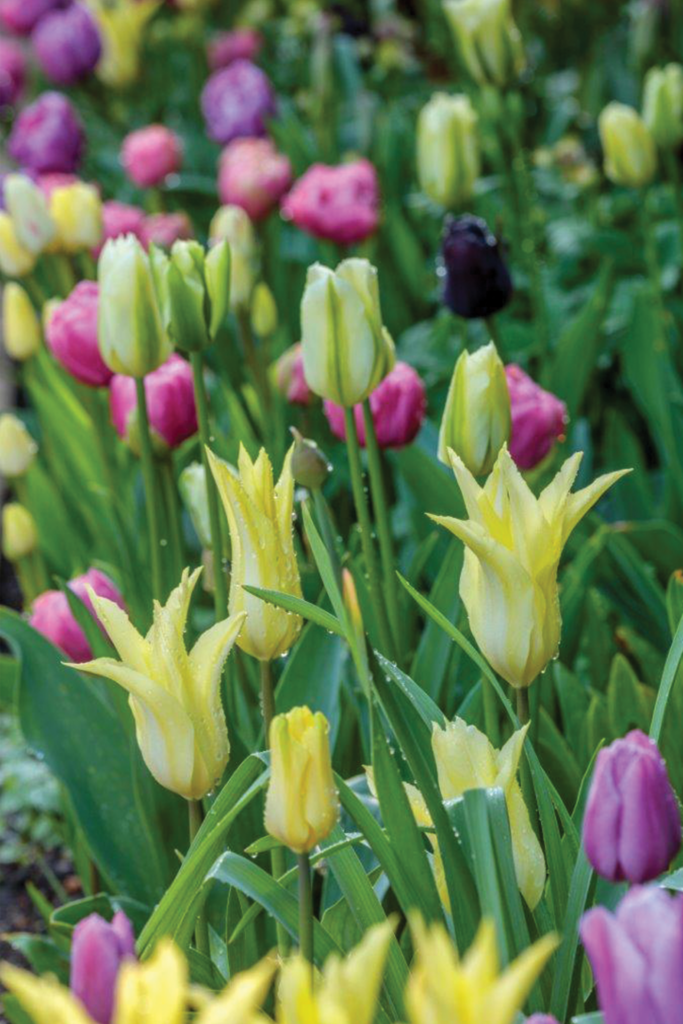
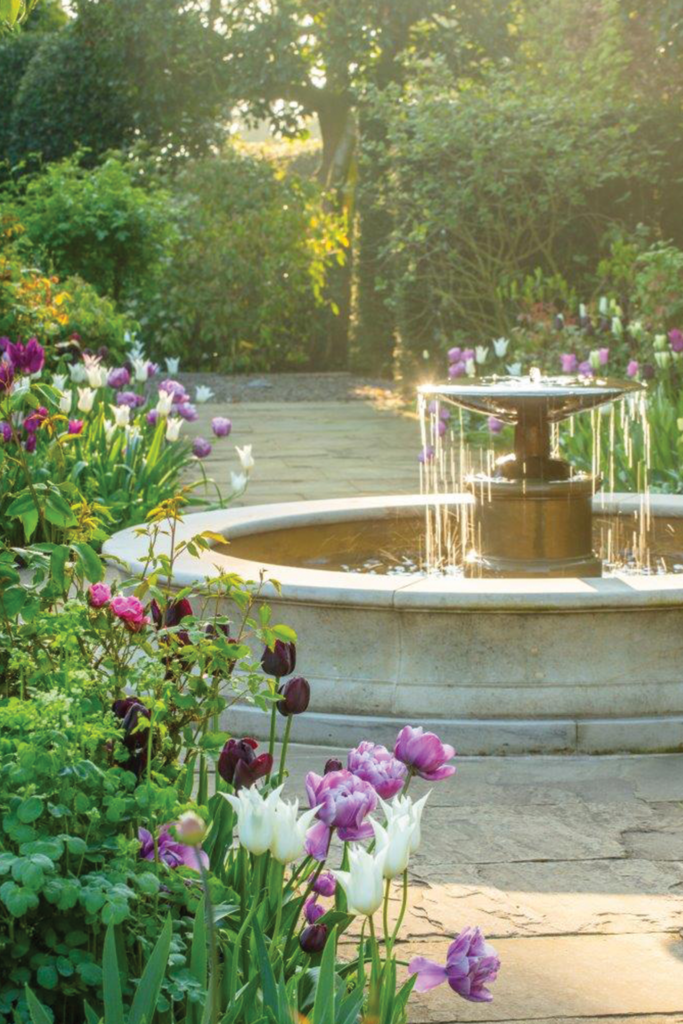
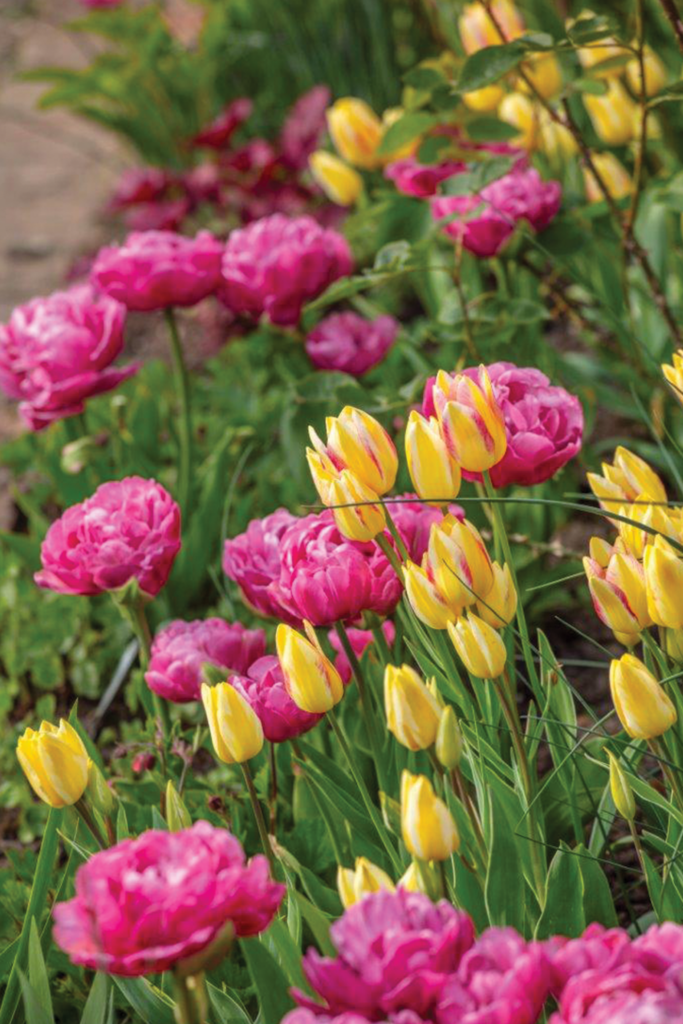
In addition to tulips in borders and pots, there is a stunning cut flower show hosted by Bloms with many more varieties and their expert advice at hand.
The colours and textures of the tulips are mirrored by a display of resplendent costumes from RSC productions which adds another festive element to the event.
Away from the tulip hubbub, visitors may stroll through Morton Hall’s tranquil Japanese woodland garden and dramatic Rockery with their serene spring displays. There are also 3 acres of Parkland Meadow with naturalized bulb planting to be admired.
A large marquee on the East lawn provides space and shelter for more than 150 guests. A variety of delicious meals and snacks are served throughout the day.
To facilitate access to the gardens and provide visitors with the best possible experience, tickets are timed and must be pre-booked. Ticket sales commence at the end of September 2023.
Tulip Festival 2024
4 to 6 May, 10 am to 5 pm. Last entry at 3.30 pm. To book, visit the garden homepage www.mortonhallgardens.co.ukand click on the red banner which takes you through to the RSC booking site.
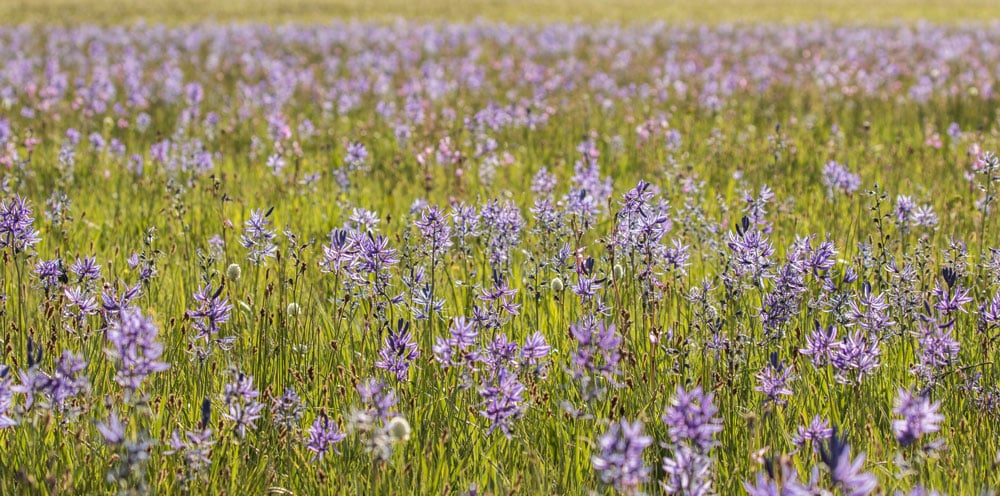
Discover the hidden charm of Camassia bulbs, an excellent addition to any British garden. Known for their splendid beauty and versatility, these bulbs will give your garden a captivating landscape that’s truly a feast for the eyes.
The Great Camas, scientifically known as Camassia leichtlinii, are a garden showstopper. Towering at 90 to 120 centimetres, this species showcases sturdy flower spikes adorned with numerous star-shaped blossoms in enchanting shades of blue or white. These late spring bloomers, perfect for the British climate, attract a variety of pollinators and their adaptability to diverse soil types makes them a must-have for any garden. Add them to your landscape for a touch of native elegance.
Meet the Quamash or Indian hyacinth (Camassia esculenta), a plant that lends a touch of softness to any garden landscape. With its ornamental value, Quamash is a popular choice for British gardeners. Its late spring blooms offer an attractive source of nectar for pollinators, further enhancing its appeal.
Camassia bulbs flourish in the British climate and soil:
Although resilient, protect your bulbs from slugs and snails when young shoots emerge in spring.